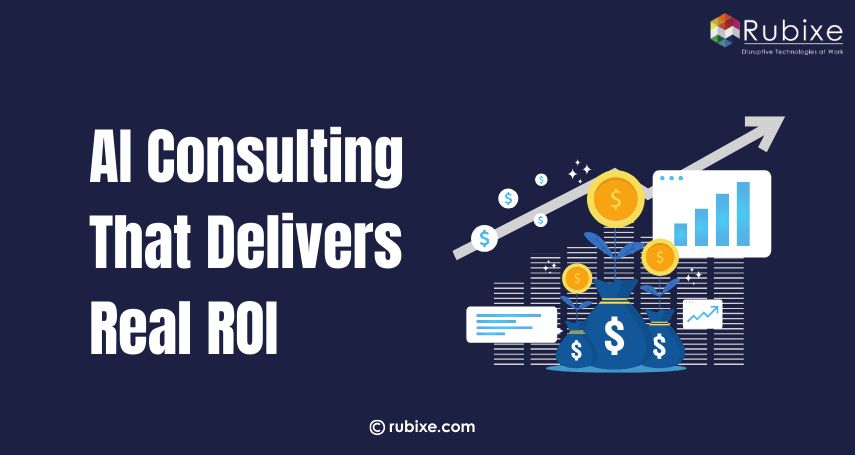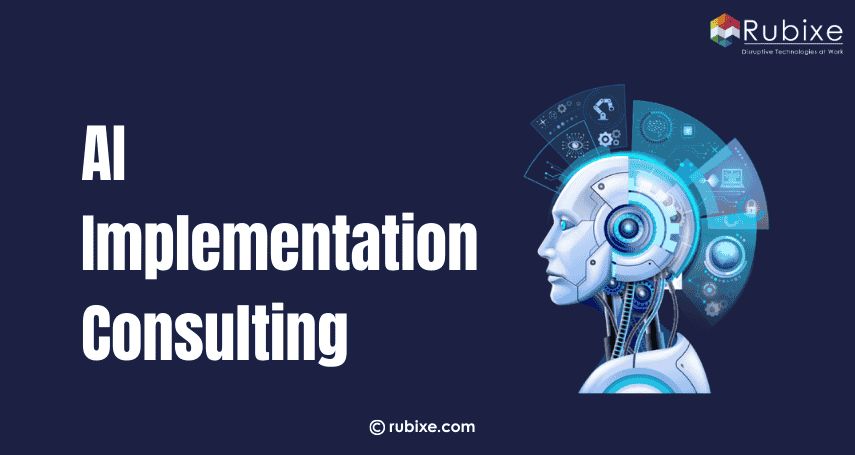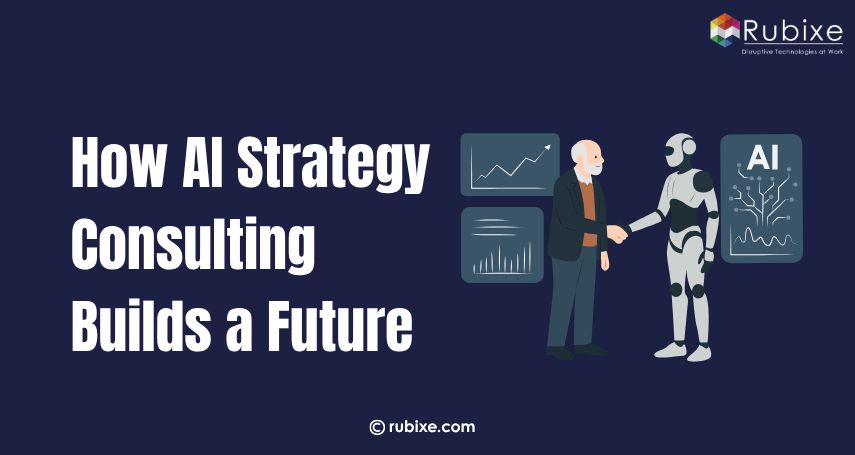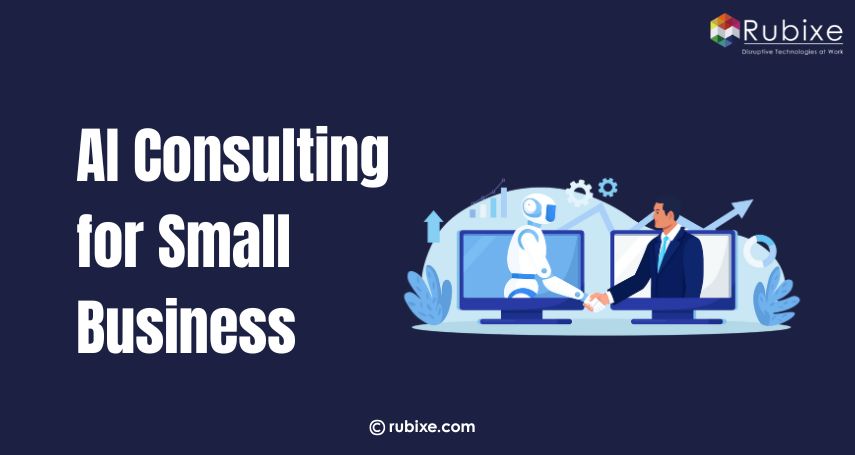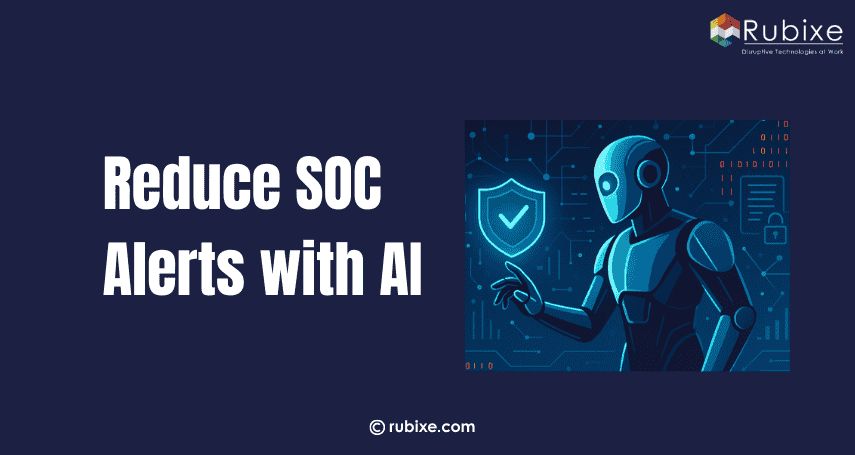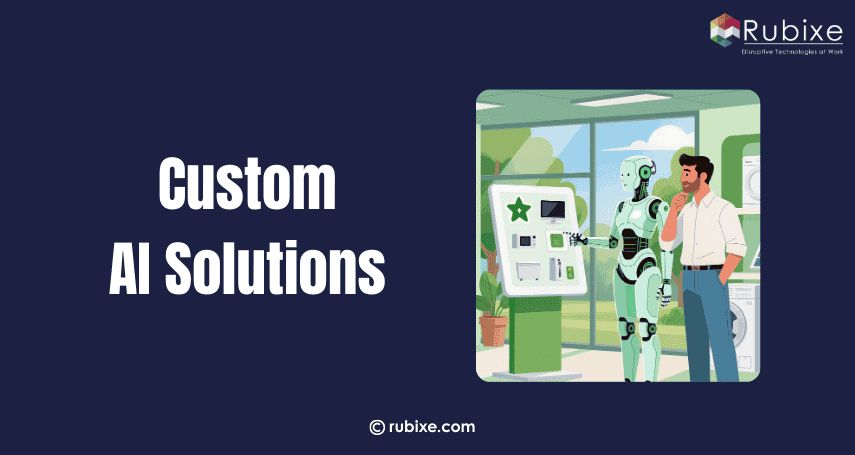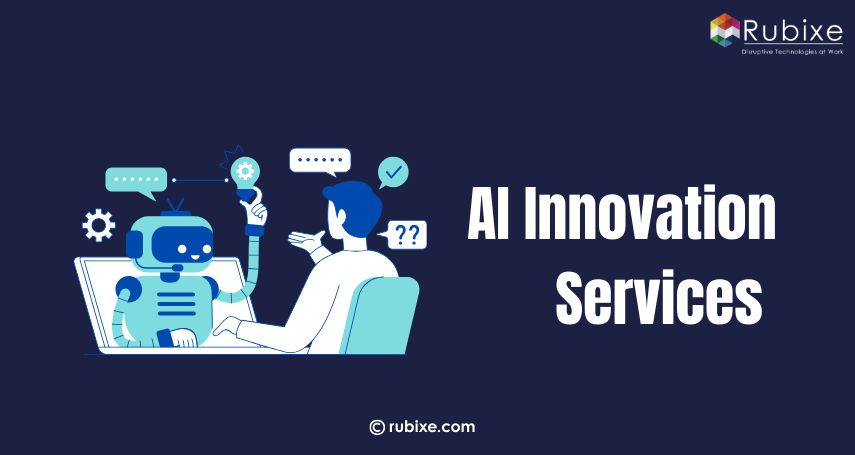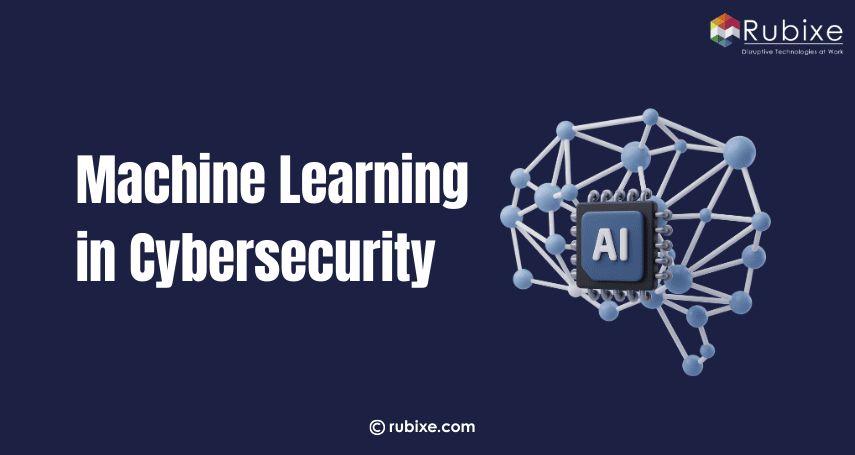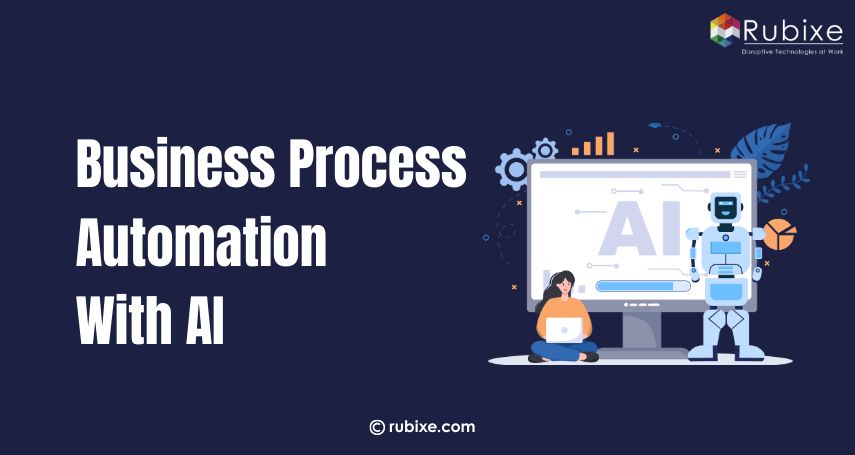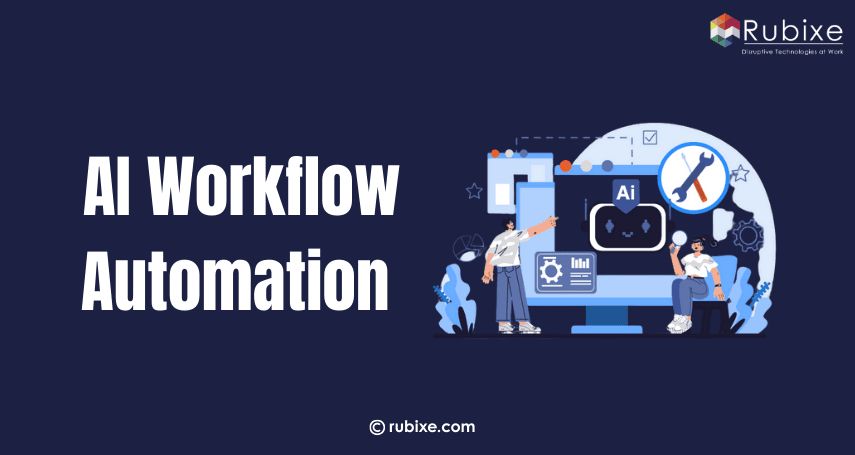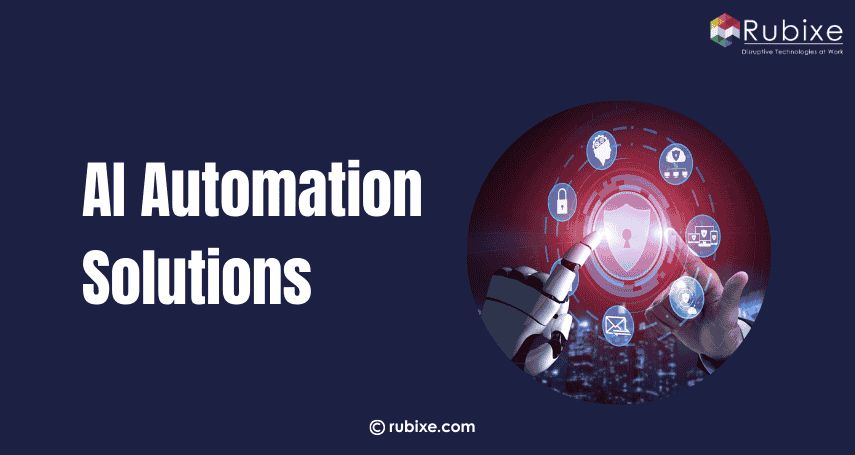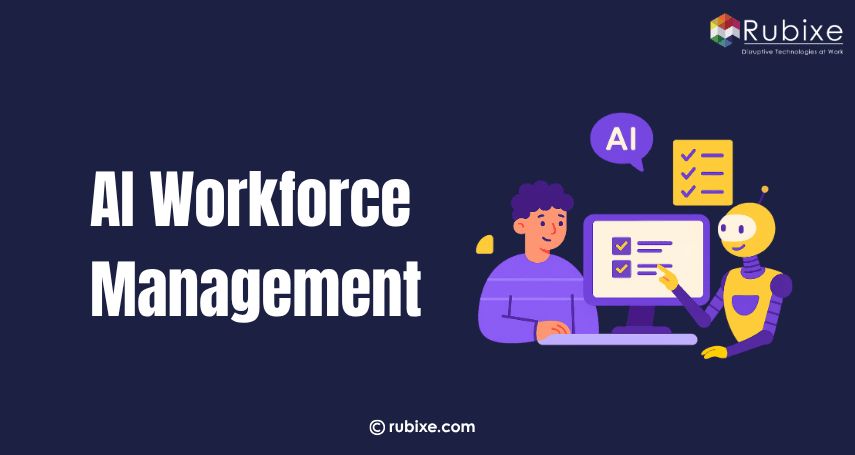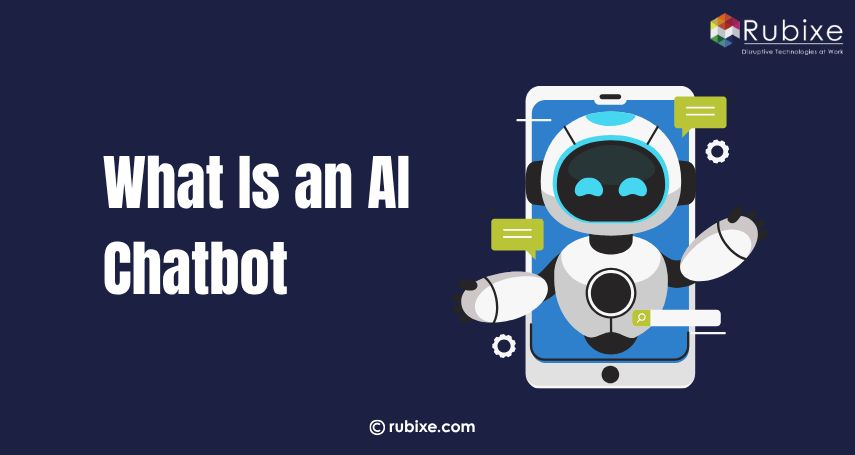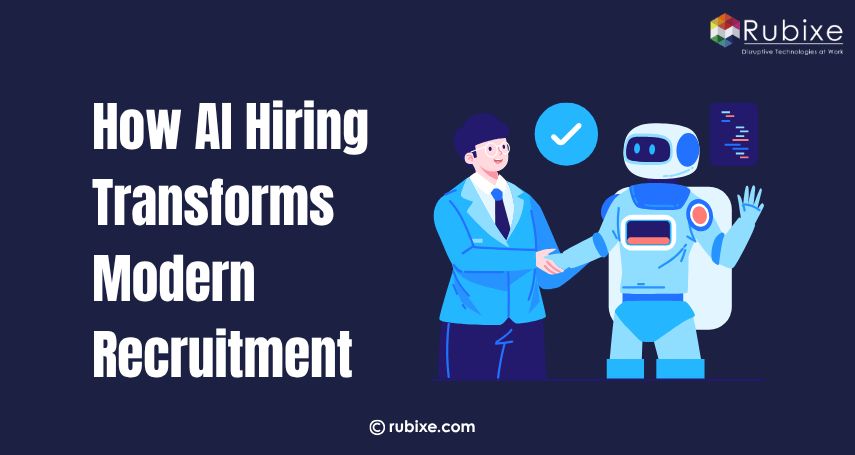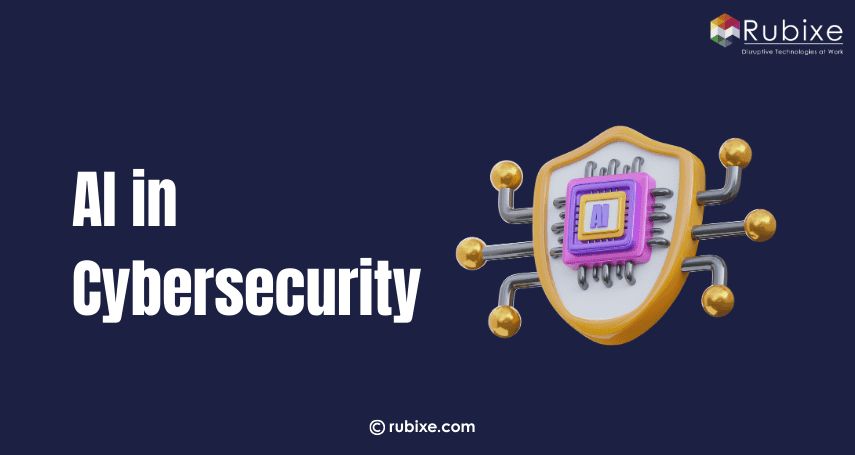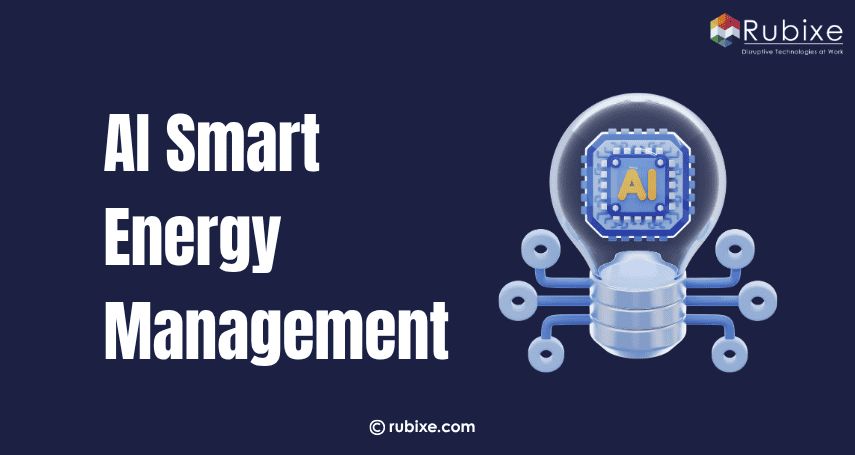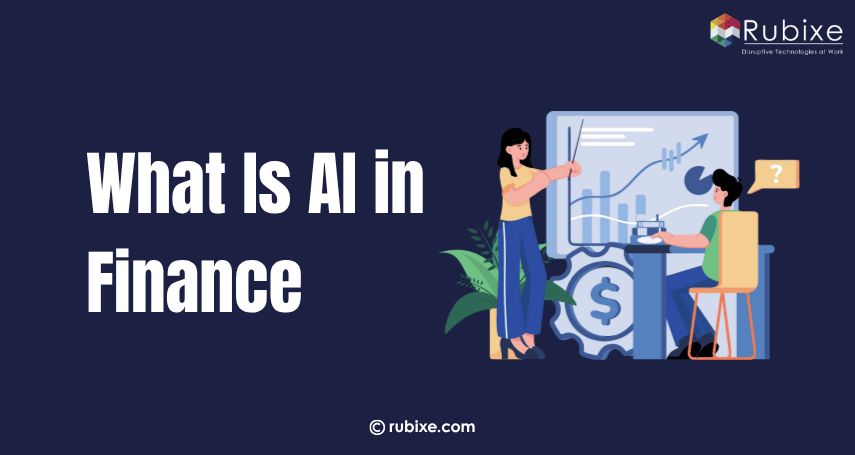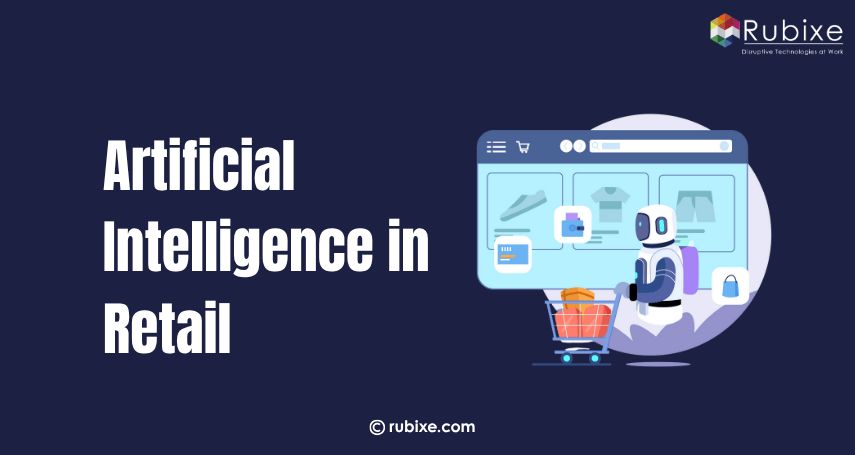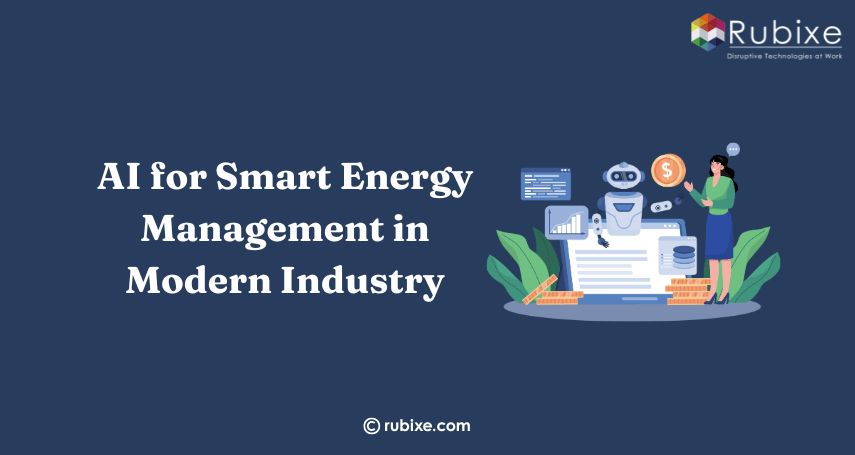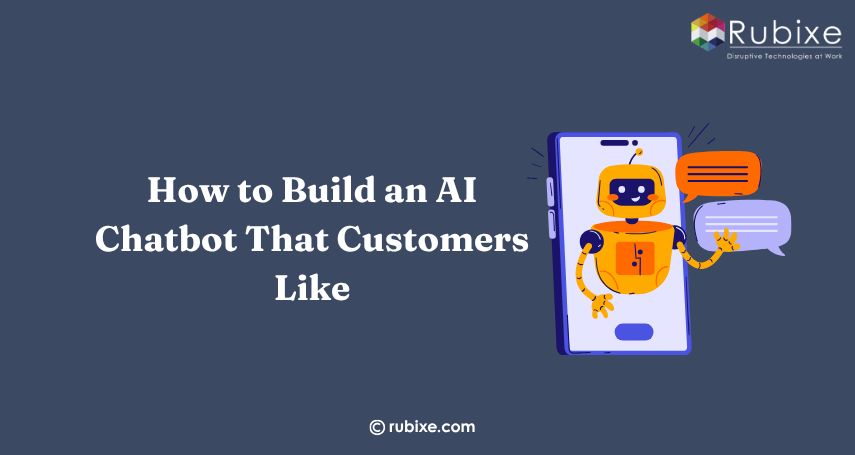AI Pest Control for Modern, Sustainable Agriculture
AI-powered pest control is transforming agriculture with smart, eco-friendly solutions that reduce chemical use, protect crops, and support sustainable farming practices.
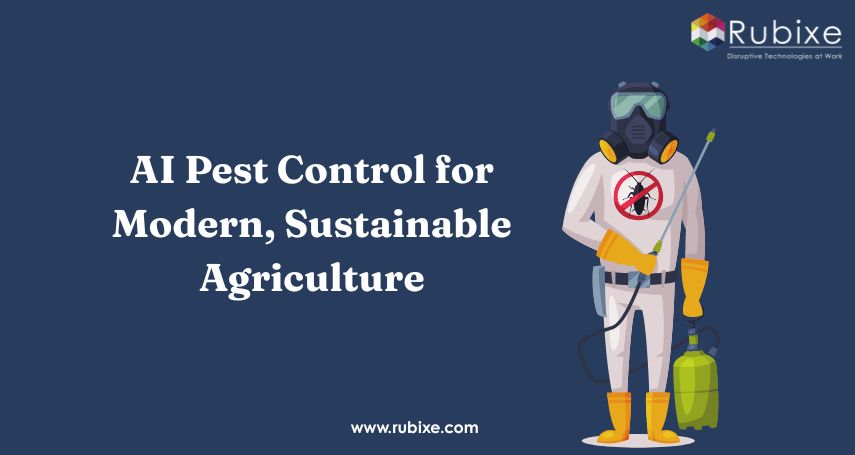
Agriculture has always been the backbone of civilization, but as global challenges like climate change, pest resistance, and food security intensify, the industry must evolve. Traditional pest control methods, heavily reliant on chemical pesticides, are becoming increasingly unsustainable, both environmentally and economically. Enter AI Pest Control, a groundbreaking advancement that leverages artificial intelligence to make farming smarter, safer, and more sustainable.
By combining AI products and cutting-edge AI services, modern agriculture is transforming. Farmers now have tools that not only detect pest infestations early but also recommend the most effective, least harmful intervention strategies. This article delves into how AI Pest Control is revolutionizing global agriculture.
What Is AI Pest Control?
AI Pest Control refers to the use of artificial intelligence technologies such as computer vision, machine learning, and predictive analytics to identify, monitor, and manage pests in agricultural environments. These systems can analyze images from drones, field sensors, and satellite data to detect pest infestations early, forecast their spread, and recommend optimal control measures.
Unlike traditional methods that rely on scheduled pesticide application, AI-driven solutions enable real-time decision-making. They target only affected areas and minimize chemical usage. This precise, data-driven approach reduces environmental harm and enhances crop health.
Why Traditional Pest Control Is No Longer Enough
For decades, farmers have relied on chemical pesticides to protect their crops. While effective to an extent, this method has critical downsides:
-
Overuse of chemicals has led to pesticide-resistant pests.
-
Environmental degradation, including soil toxicity and water contamination.
-
Health concerns for farmers and consumers alike.
-
Non-target impact, where beneficial insects and biodiversity are harmed.
AI Pest Control addresses these challenges by offering intelligent, sustainable alternatives. With AI-powered insights, farmers can act only when and where necessary, promoting ecosystem balance and long-term productivity.
Key Technologies Behind AI Pest Control
Several advanced AI products and AI services power this revolutionary approach to pest management:
-
Computer Vision: Analyzes images from drones, cameras, and sensors to detect pests and crop damage visually.
-
Machine Learning Algorithms: Learn from data patterns to improve pest identification, predict outbreaks, and refine intervention strategies.
-
Predictive Analytics: Forecasts pest behavior and spread using historical and real-time environmental data.
-
IoT Sensors: Collect data on soil conditions, humidity, temperature, and plant health to support real-time analysis.
-
Drones and Satellite Imaging: Provides high-resolution aerial data for large-scale monitoring and early detection.
-
Automated Decision Systems: Recommends targeted pest control actions based on AI analysis, reducing human guesswork.
-
Data Integration Platforms: Combines diverse datasets (weather, crop, soil, pest data) into a unified system for smarter insights.
Use Cases: How AI Pest Control Is Being Applied Globally
AI Pest Control is no longer just a concept—it’s being deployed worldwide with impressive results:
-
India: Agritech startups are using drones and AI to monitor pest outbreaks in rice and cotton fields, reducing pesticide usage by over 30%.
-
Africa: AI systems track locust swarm behavior and issue early warnings, helping prevent massive crop losses across vulnerable regions.
-
Brazil: Coffee farmers utilize AI-powered image recognition to detect leaf rust early, allowing for optimized and timely fungicide application.
-
Europe: Vineyards employ AI tools to distinguish between pest damage and fungal infections, significantly improving the precision of treatments.
Benefits of AI Pest Control for Sustainable Agriculture
Adopting AI Pest Control brings a host of advantages:
-
Precision Agriculture: Apply pest control only where it's needed, minimizing waste and maximizing efficiency.
-
Cost Savings: Reduced chemical usage and labor costs significantly improve profitability for farmers.
-
Environmental Protection: Minimizes pesticide runoff, protects pollinators, and supports biodiversity and soil health.
-
Data-Driven Decisions: Continuous learning from field data enhances long-term accuracy and adaptability.
-
Regulatory Compliance: Assists in meeting strict pesticide usage and sustainability standards in global markets.
-
Early Detection and Prevention: AI can identify issues before they escalate, reducing crop loss and reactive interventions.
-
Scalability Across Crops and Regions: AI systems can be adapted to various crops, climates, and pest types for broad applicability.
-
Improved Yield and Quality: Healthier crops and fewer losses lead to better harvest outcomes and food quality.
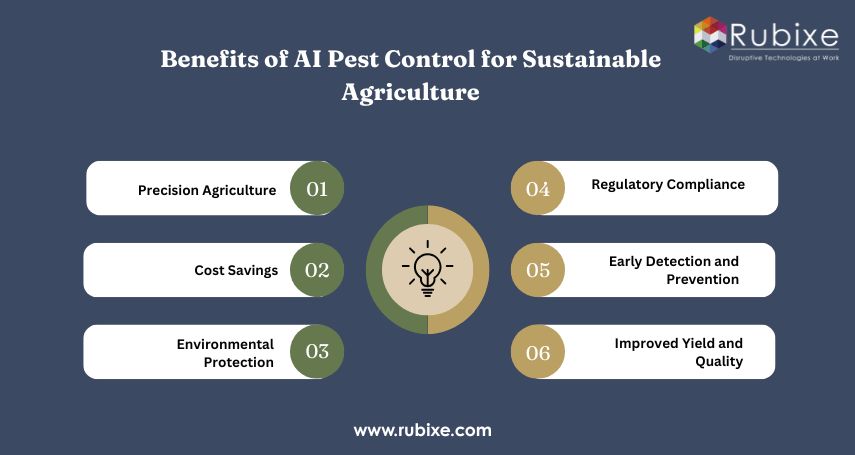
Challenges and Considerations in Adoption
While AI Pest Control offers promising benefits, several challenges must be addressed to ensure effective and equitable adoption:
-
High Initial Costs: The investment in AI tools, sensors, drones, and infrastructure can be prohibitive for small or resource-limited farmers.
-
Lack of Technical Expertise: Many farmers may lack the training or digital literacy needed to operate and interpret AI systems effectively.
-
Data Availability and Quality: AI models require large amounts of high-quality, location-specific data, which may be scarce or inconsistent in some regions.
-
Connectivity Issues: Rural areas often face unreliable internet access, limiting the use of cloud-based AI platforms and real-time monitoring.
-
Integration with Existing Practices: Adapting AI tools to fit traditional agricultural workflows can be complex and may require behavioral change.
-
Privacy and Data Security: As farms generate more data, ensuring the protection and ethical use of that information becomes increasingly important.
-
Regulatory Uncertainty: Emerging technologies often outpace policy, leading to unclear guidelines around AI usage, liability, and data governance.
-
Cultural and Regional Barriers: Local beliefs, farming traditions, and trust in technology can impact adoption rates and user engagement.
The Future of AI Pest Control in Agriculture
Looking ahead, AI Pest Control will continue to evolve as part of the broader precision agriculture movement. Future developments may include
-
Autonomous pest control drones that identify and treat affected areas without human input.
-
Edge AI devices that process data locally on farms, reducing reliance on cloud connectivity.
-
Integration with climate models to predict pest emergence patterns due to climate change.
-
Crowdsourced data models, where thousands of farmers contribute local insights to improve AI algorithms.
As more AI services and platforms emerge, farmers will have access to an expanding toolkit that enhances both productivity and sustainability. The future of agriculture is smart, sustainable, and data-driven. AI Pest Control helps farmers make precise decisions while protecting the environment.
Rubixe, a leading AI services provider, is driving this shift by delivering innovative solutions that boost efficiency and support eco-friendly farming. Investing in AI today means building a stronger, more resilient food system for tomorrow.
